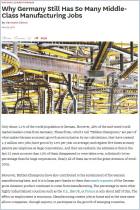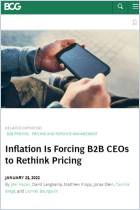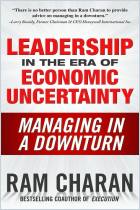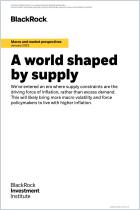Since 2021, inflation has vexed consumers, preoccupied central bankers and dominated headlines. Businesses have responded with a rash of price increases, but what’s the right way for corporate managers to cope with inflation, particularly when many companies have never operated in an inflationary environment? Pricing experts Hermann Simon and Adam Echter weigh in with this brief manual that walks organizational leaders through the calculus of responding to inflation. The authors argue that it’s not as simple as raising prices; you’ll need to consider a host of factors that could likely change your business forever.
Inflation has returned, and that’s forcing managers to change how they do business.
In recent decades, central banks had all but vanquished inflation. Now, though, rising prices are back with a vengeance: The US inflation rate reached 9.1% in June 2022. The price spikes are the result of a variety of factors. The financial crisis of 2008 set the stage, and the next big shock was the COVID-19 pandemic and a massive increase in the worldwide money supply. Other factors include a simmering trade war between the United States and China, hiccups in global supply chains, and Russia’s war in Ukraine.
The recent spate of inflation forced many companies to adapt in uncomfortable ways. Discount grocer Aldi, for instance, had little choice but to boost prices – a move that ran counter to its brand image of slashing prices at every turn. Because companies have not had to deal with the challenge of an inflationary spiral in decades, many managers are uncertain about how to respond. The natural reaction is to simply pass on the price increases to buyers, but that might not be the right call. It’s important to understand what inflation really means. Yes, goods grow more expensive...




















Comment on this summary or Démarrer une discussion